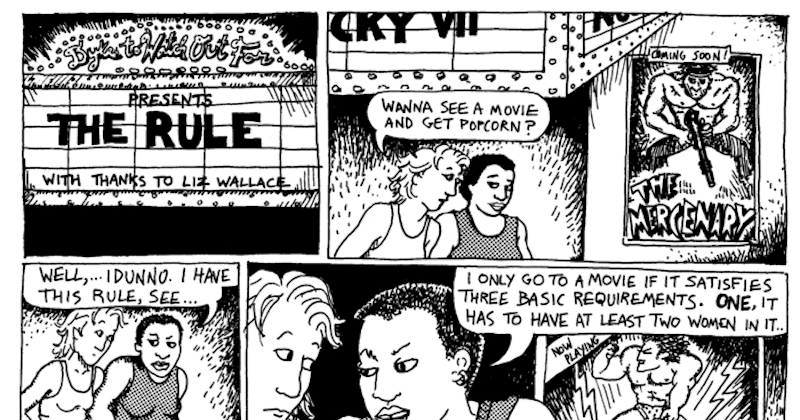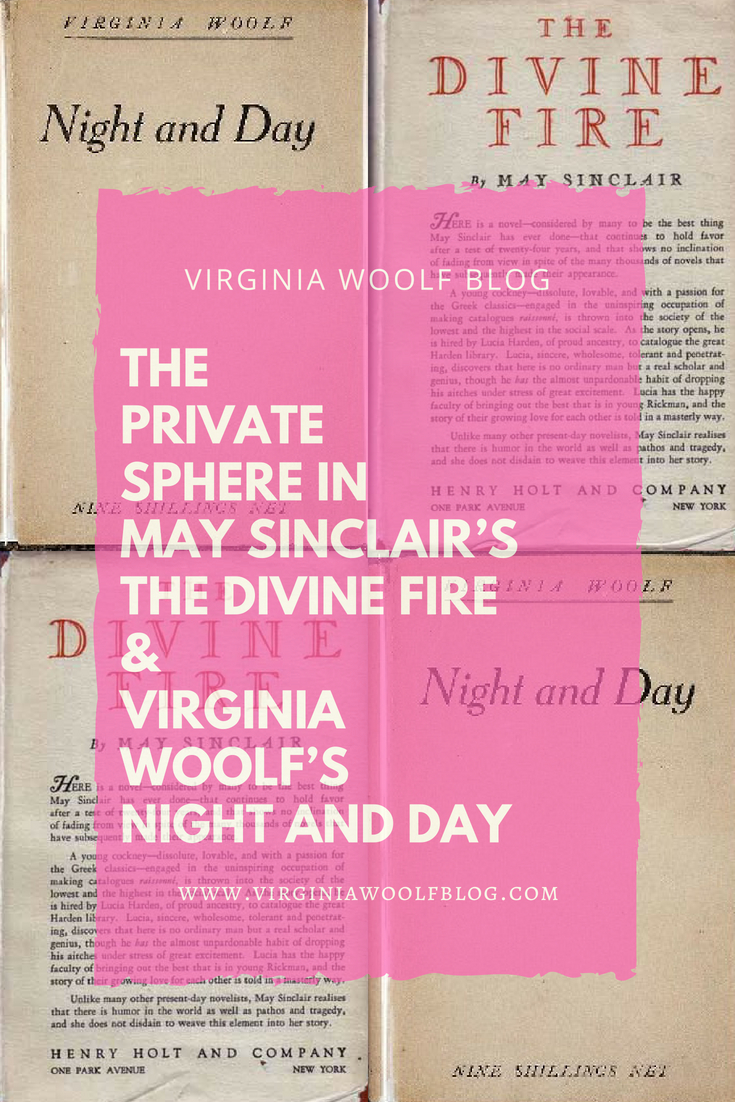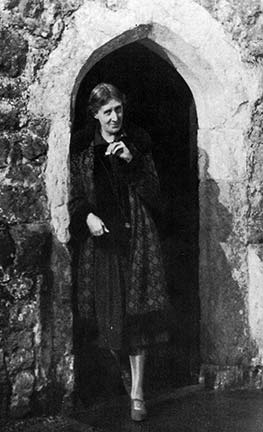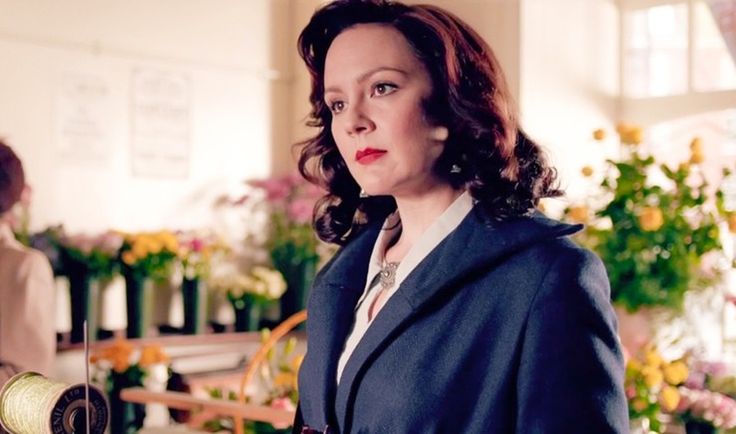
It was recently revealed that the Bechdel Test, the feminist benchmark for movies that first originated in a comic strip by Alison Bechdel in 1985, was indirectly inspired by Virginia Woolf’s book A Room of One’s Own, according to an article in The Week magazine:
“In the original strip, a couple discusses whether they want to go to a movie and get some popcorn. One isn’t sure, because she has a rule: ‘I only go to a movie if it satisfies three basic requirements,’ she explains. ‘One, it has to have at least two women in it, who, two, talk to each other about, three, something besides a man.’ When her girlfriend says those criteria are good, but pretty strict, she responds, ‘No kidding. Last movie I was able to see was Alien. The two women in it talk to each other about the monster.’ Having walked past three uber-masculine posters for movies about mercenaries, barbarians, and vigilantes, the two women give up on the idea of a film altogether, and go home to make popcorn. The sentiment wasn’t new; as Bechdel later explained, it came from Virginia Woolf’s A Room of One’s Own. In the novel, Woolf’s narrator responds to a surprising book she is reading. ‘Chloe liked Olivia,’ I read. And then it struck me how immense a change was there. Chloe liked Olivia perhaps for the first time in literature.’ When it comes to female literary characters, ‘so much has been left out, unattempted,’ Woolf’s narrator thinks. She struggles to think of texts that show women as friends, and marvels at texts that show women having ‘interests besides the perennial interests of domesticity.’ Sixty years after A Room of One’s Own, those observations remained accurate, and almost 30 years after Bechdel’s strip, they still are.”
The article’s source is a blog post written by Alison Bechdel herself, in November of 2013, during which she discusses the little-known origin of the Bechdel Test:
“I speak a lot at colleges, and students always ask me about the Test. (Many young people only know my name because of the Test—they don’t know about my comic strip or books.) (I’m not complaining! I’m happy they know my name at all!) But at one school I visited recently, someone pointed out that the Test is really just a boiled down version of Chapter 5 of A Room of One’s Own, the ‘Chloe liked Olivia’ chapter. I was so relieved to have someone make that connection. I am pretty certain that my friend Liz Wallace, from whom I stole the idea in 1985, stole it herself from Virginia Woolf. Who wrote about it in 1926.”
Since the comic strip was published more than 29 years ago, the Bechdel Test has become an important part of the discussion on modern cinema.

Yet, as the article in The Week magazine points out, it has also become widely misunderstood and is sometimes criticized as merely a flawed and simplistic metric that ranks films based on a technicality when all it was ever intended to be was a tool to promote discussion and awareness of gender equality in film and media.
The test is not the be-all and end-all of movie reviews, it is merely a way to get audiences talking about the way women are represented in movies.
Aside from being a feminist benchmark for movies, it is evident from these articles that the Bechdel Test is also a testament to the influence Virginia Woolf still has on not just literature, but all modern art forms, and is living proof that her ideas live on even decades after her passing.
Sources:
The Week Magazine; Girls on Film: Why the Bechdel Test Is Still So Valuable; Monika Bartyzel; March 14 2014: http://theweek.com/article/index/257970/girls-on-film-why-the-bechdel-test-is-still-so-valuable
Dykes to Watch Out For: Testy; Alison Bechdel; November 8 2013: http://dykestowatchoutfor.com/testy
Flickr: Alison Bechdel: https://secure.flickr.com/photos/zizyphus/








